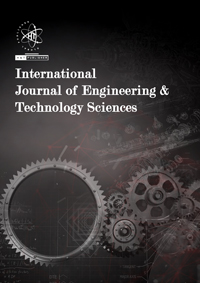


Authors
This study, based on 47 articles, explores cost-effective practices in reinforced concrete projects, highlighting sustainability, innovation, and process optimization. Examples include the use of concrete ties in Brazil, concrete recycling in Japan, and the use of recycled aggregates in Australia, all contributing to reducing environmental impact. Nanotechnology, steel fibers, and carbon-reinforced concrete improve the mechanical properties and durability of concrete. Additionally, resistance to chloride and sulfate attacks is enhanced through FRP polymers and nano-iron. The adoption of technologies like linear programming, predictive models, and BIM optimizes production and project planning. Regarding sustainability, low-carbon cements and the use of recycled materials help reduce the carbon footprint. Finally, the impact of polypropylene fibers on seismic resilience is highlighted, along with the need to update building codes to improve safety in high-rise buildings.